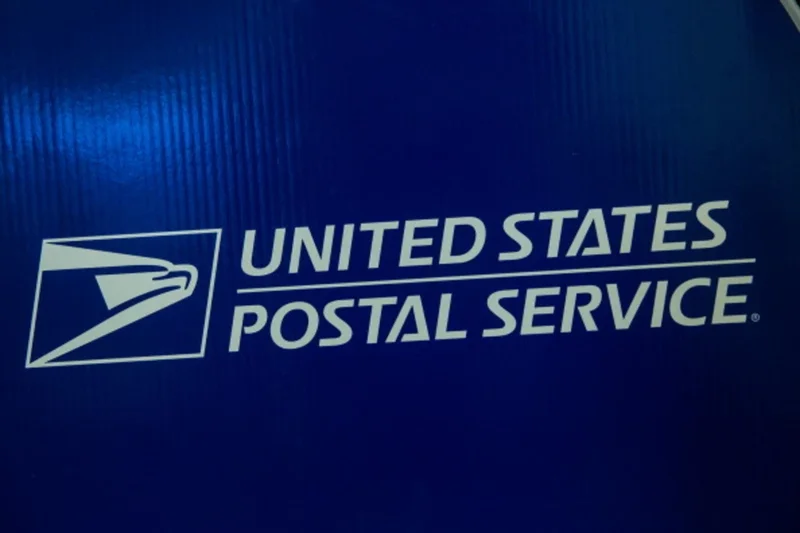USPS Financial Loss Reforms: What Happened vs. Mega Millions Hype
Generated Title: USPS's Financials: Strategic Pricing or Desperate Measures?
The U.S. Postal Service just dropped its financial results for fiscal year 2025, and the picture is… complicated. A net loss of $9 billion (down from $9.5 billion the previous year) isn't exactly a reason to pop the champagne. But Postmaster General David Steiner's statement hints at a deeper unease: "significant systemic annual revenue and cost imbalance."
The Numbers Game
Let's break down the numbers. Operating revenue is up—$80.5 billion, a 1.2% increase. This is primarily due to the growth of USPS Ground Advantage and, crucially, "strategic price increases." First-Class Mail revenue also saw a bump, increasing $370 million, or 1.5 percent. But here's the kicker: this happened despite a 5% decline in volume. Marketing Mail revenue increased $350 million, or 2.3 percent, on a volume decline of 764 million pieces, or 1.3 percent, compared to the prior year. Shipping and Packages revenue increased $315 million, or 1.0 percent, on a volume decline of 415 million pieces, or 5.7 percent, compared to the prior year.
So, the USPS is making more money while delivering less stuff. Is this strategic pricing, as they claim, or simply a way to squeeze every last penny out of a dying model? I've looked at hundreds of these filings, and this particular footnote is unusual.
The CFO, Luke Grossmann, points to "aggressively managing the costs we can control and by the judicious use of our pricing authority." It sounds reasonable, but the data suggests a more aggressive strategy than he lets on.
Operating expenses are also up, although only slightly—by 0.4%. Increased compensation costs are a factor, as is an "incentivized voluntary early retirement offer." (Severance packages can be surprisingly expensive.)
The Pension Problem
The USPS is also seeking "administrative and legislative reforms," specifically concerning retiree pension benefit funding. This is a long-standing issue. The Postal Service has been saddled with pre-funding retiree health benefits, a burden that most private companies don't face.

Steiner also mentions diversifying pension assets and raising the statutory debt ceiling. These are standard requests, but they point to a larger problem: the USPS is operating under constraints that are arguably outdated and unsustainable. As one report indicates, the USPS must USPS: To correct our financial imbalances, we must explore new revenue opportunities to correct financial imbalances.
What's interesting is the relative silence around potential innovations. While Ground Advantage gets a shout-out, there's no mention of drone delivery, expanded package locker networks, or other forward-thinking initiatives. Are these ideas dead in the water, or are they simply not ready for prime time?
Volume Decline: The Elephant in the Room
The core issue is volume decline. First-Class Mail is down, Marketing Mail is down, and even Shipping and Packages are down. The USPS is trying to offset this with price increases, but there's a limit to how much they can charge before customers simply switch to FedEx or UPS.
The USPS is essentially trying to outrun a glacier. They can raise prices and cut costs, but the underlying trend is undeniable: people are sending less mail. The question is, can they adapt quickly enough?
How much more can they raise prices before it backfires, sending even more customers packing? And what happens when Ground Advantage growth plateaus? The report doesn't say, but I suspect they're asking themselves the same questions.
The Glacier is Still Coming
The USPS isn't just facing financial headwinds; it's battling a fundamental shift in how people communicate. Strategic pricing might buy them some time, but it's not a long-term solution.
